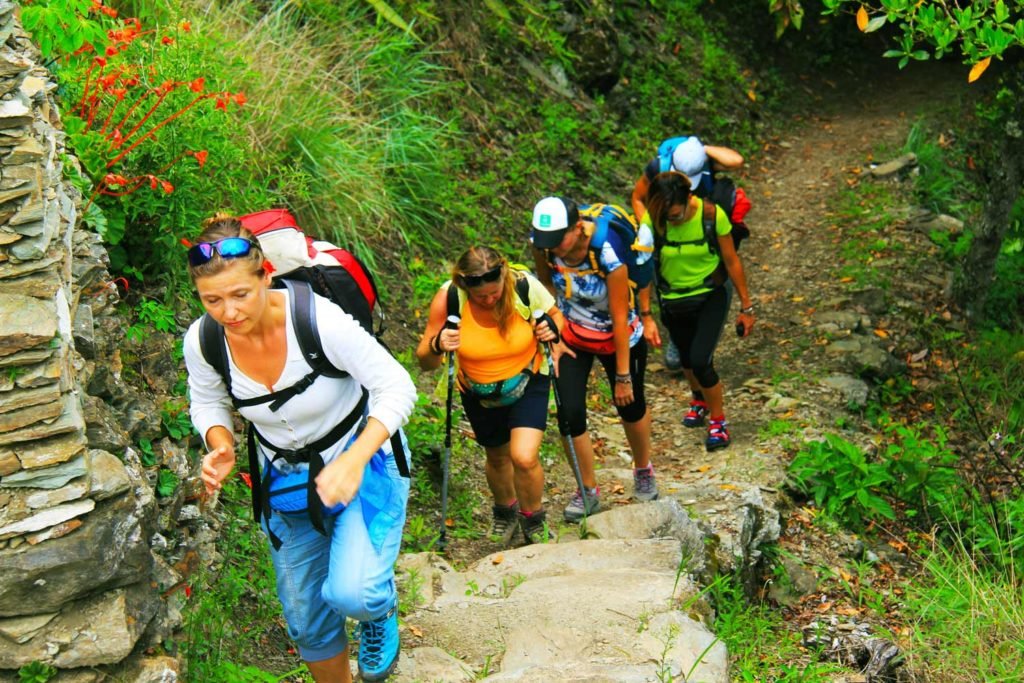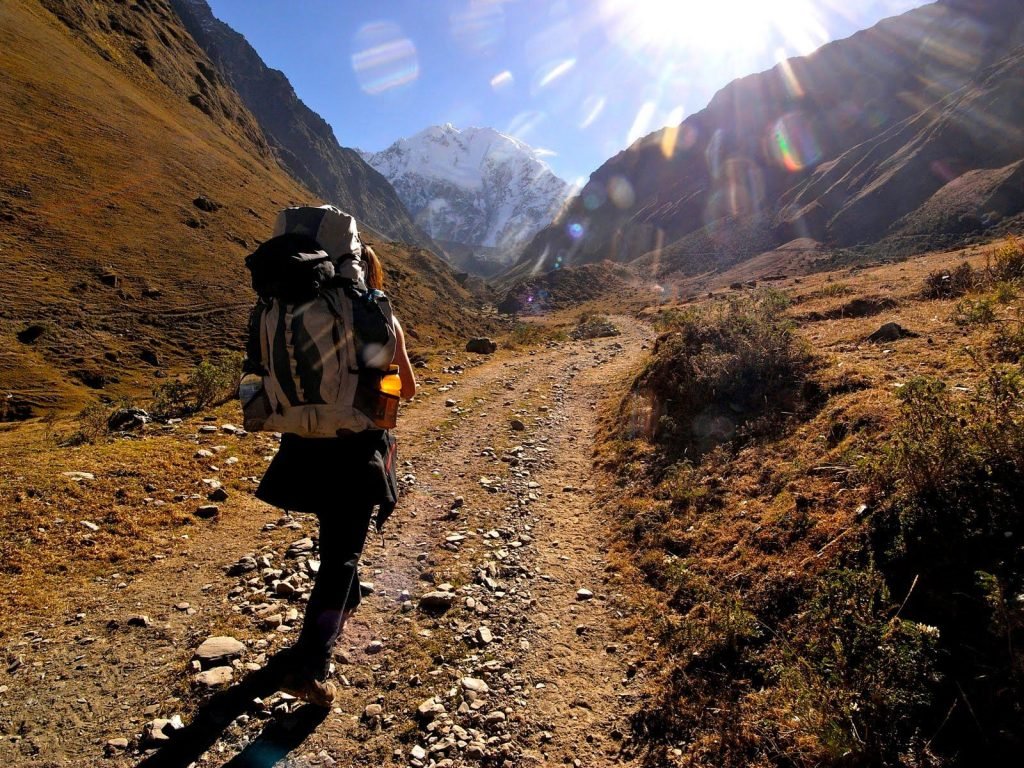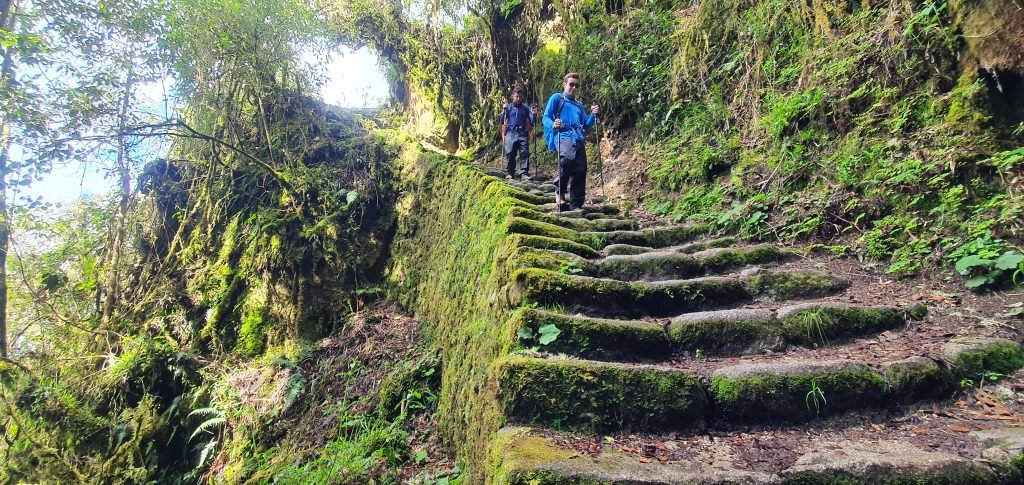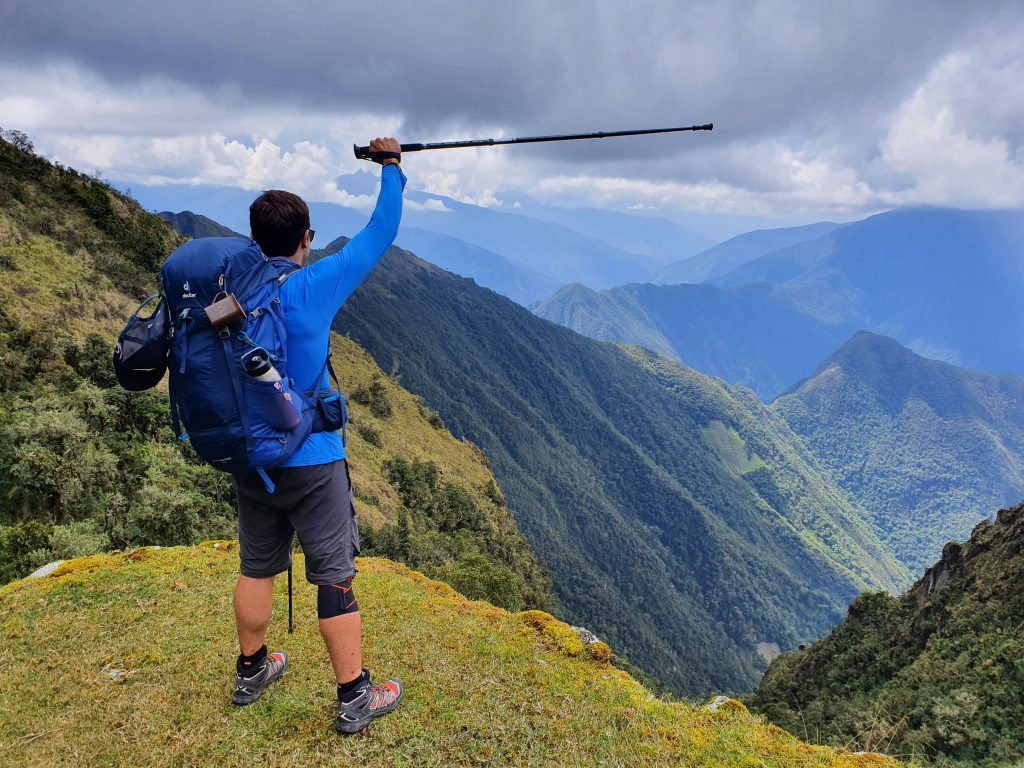The majestic Inca Trail, a 39-kilometer trekking route that culminates in the amazing Machu Picchu. On this 4-day trek, every step is a connection to history, nature and adventure. To ensure a flawless journey, it is essential to prepare properly, and we are here to guide you through the keys to a perfect travel kit.
What does the Inca Trail include?

Before we dive into meticulous gear preparation, it is crucial to understand what the tour offers. The Inca Trail, protected by the Peruvian State, ventures with everything you need for a smooth experience:
- Tourist transportation to the trekking starting point.
- Tourist guide during the entire tour.
- Cooks for 3 breakfasts, 3 lunches and 3 dinners, 3 hours of tea.
- Porters, real heroes who carry the camping utensils.
- Camping equipment: tent and utensils.
- Entrance ticket to the Inca Trail.
- Entrance to the majestic Machu Picchu.
- Return by bus to Aguas Calientes.
- Return by train to Cusco.
- First aid kit.
What is not included?
To anticipate your needs, it is vital to know what items are not covered in the package:
- Sleeping bags.
- Hiking poles.
- Snacks for energy moments.
- Rehydrating products to keep you cool.
- Personal items, those little things that make a difference.
- Travel insurance (MANDATORY).
How many kilos of luggage to carry?

The Inca Trail route, with its mountainous roads and unique challenges, demands prudence in the load. It is advisable not to carry more than 5 kilos of luggage. More weight could become an obstacle in the most difficult stretches and generate discomfort in the back. This limited weight should be carried in a waterproof and spacious backpack, comfortably adjusted to your back.
How to organize your backpack?
The backpack, your faithful companion on this journey, must be strategically organized:
- 15 to 20 liters capacity for water and extra clothes.
- Essential waterproofing, with the option of using an internal bag.
- Chest and waist strap for weight distribution.
- Side pockets for small items.
- Additional loops and straps for extra items or clothing.
For those carrying extra luggage such as sleeping bags or tents, the option of hiring an additional porter is available, although it carries an additional cost.
What to Bring During the Inca Trail?
The list is extensive but vital. Do not forget to include in your backpack:
- Passport or identity card.
- Extra cash.
- Walking stick, your support in challenging terrains.
- Cell phone batteries so you don’t miss a single moment.
- Hat to protect you from the sun.
- Sunglasses, an ally against glare.
- Sun block, your shield against intense rays.
- Plastic bags for waste management.
- Mosquito repellent, especially at night.
- Rain poncho, essential in the season from November to March.
- Flashlight for dark nights.
- Camera to capture every moment.
- Varied and adequate clothing for the fluctuating temperatures.
- Snacks and fruits to keep your energy up during the day.
- Rehydrating water, essential for constant hydration.
- Personal medicines if required.
- Personal toiletries, essential care during the journey.
What to Wear During the Inca Trail?
The thermal variability of the Inca Trail requires an intelligent selection of clothing:
- Loose, comfortable pants.
- Leggins for an extra layer of warmth.
- Polyester or cotton polo shirts for everyday comfort.
- Windbreaker jacket as a first protective layer.
- Waterproof jacket as a second layer against rain.
- Cotton gloves and socks for cool nights.
- Hat or cap to protect you from the relentless sun.
- Sneakers designed for trekking, your support in every step.
- Poncho, in anticipation of sudden rains.
Hiking poles?
This accessory can make all the difference in the experience. Some agencies include walking poles, but it is common for travelers to choose to carry their own. It is essential that these have rubber tips to preserve the historic Inca trails, improving balance and reducing stress on the knees.
More information about the Inca Trail

- In accordance with Inca Trail regulations, metal-tipped poles are prohibited, only rubber-tipped poles are allowed. In addition, some agencies offer the option of ascending the Huayna Picchu mountain for an additional cost, providing an even more spectacular panorama.
- On the penultimate day of the trek, it is customary for the porters and cooks to receive a group tip, an opportunity to express gratitude for their tireless work. For this reason, it is suggested to carry cash.
In conclusion, preparing for the Inca Trail is more than just selecting the right equipment; it is about immersing yourself in a unique experience. Each element in your backpack is a crucial piece of the puzzle that will lead you to discover the majesty of Machu Picchu. Get ready for an adventure that will resonate in your memory forever!





